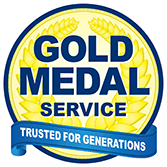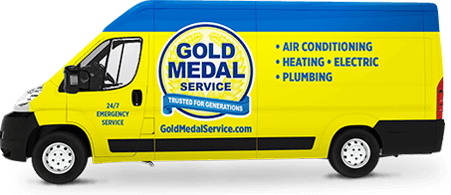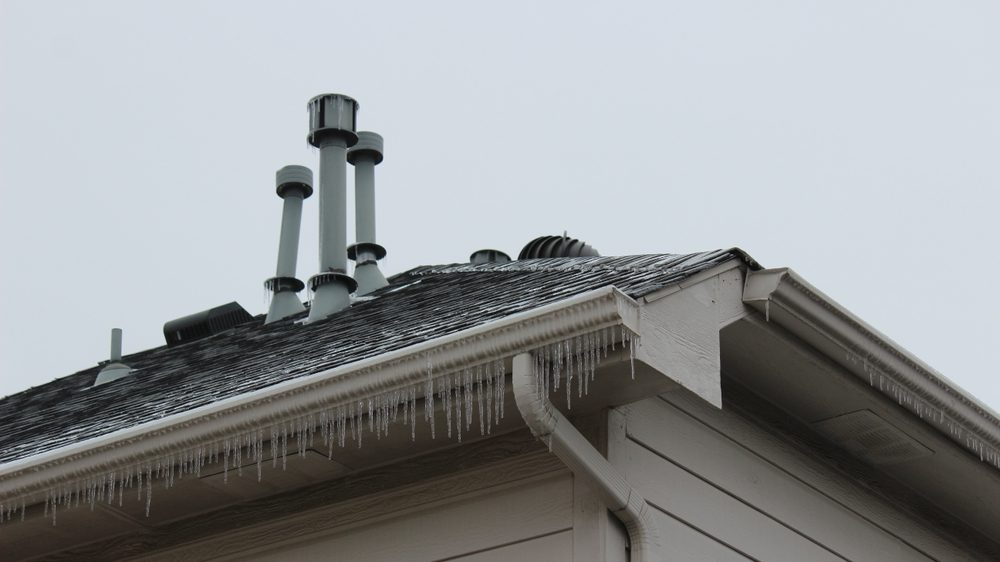
You know that your HVAC system has vents, but did you also know your plumbing system has vents, too? It’s true. Plumbing vents are a crucial part of regulating air pressure in your pipes and ensuring the proper flow of wastewater. So, a plumbing vent problem can lead to several related plumbing issues.
This article will cover some of the main plumbing vent types and specifications, as well as common plumbing vent issues and solutions. We will also discuss how to identify a blocked or damaged plumbing vent.
What Is the Purpose of a Plumbing Venting System?
The main purpose of a plumbing vent is two-fold. First, it allows the proper flow of water by regulating air pressure. Without a plumbing vent, the system would create vacuums in the pipes that would prevent proper drainage and wastewater flow.
Secondly, plumbing ventilation vents noxious sewer gasses and allows clean, fresh air into your system. Plumbing systems without a dedicated vent can instead push sewer gas up through drains into your home, creating a bad smell.
When plumbing vents are blocked, your system can’t move wastewater properly, and it might start to back up into your home. Keeping clean and clear plumbing vents ensures wastewater flows in one direction only — from your drains to your sewers.
Applications for Plumbing P-Traps
P-traps are a central part of the plumbing venting system that exists in virtually every drain of your house. P-traps have a small P-shaped bend in them that holds water. The water in the bottom of the bend stops sewer gasses from backing up out of the drain.
P-traps and plumbing vents work together to regulate the pressure in your system and keep sewer gasses out of your home. Problems with either vents or p-traps can cause difficulties with draining and produce bad smells.
Plumbing Vents System Specifications
Modern plumbing codes require homes to have plumbing vents to properly vent sewer gasses. These codes differ depending on location but share many similarities. For example, most codes require plumbing vents to sit at least half a foot above flood levels and require vent pipes to be at least 2.5” in diameter.
Generally, most homes have a central vent stack running from the ground floor out of the top of the house. The connecting vents are sloped to maximize airflow and prevent air from getting trapped in bends and kinks.
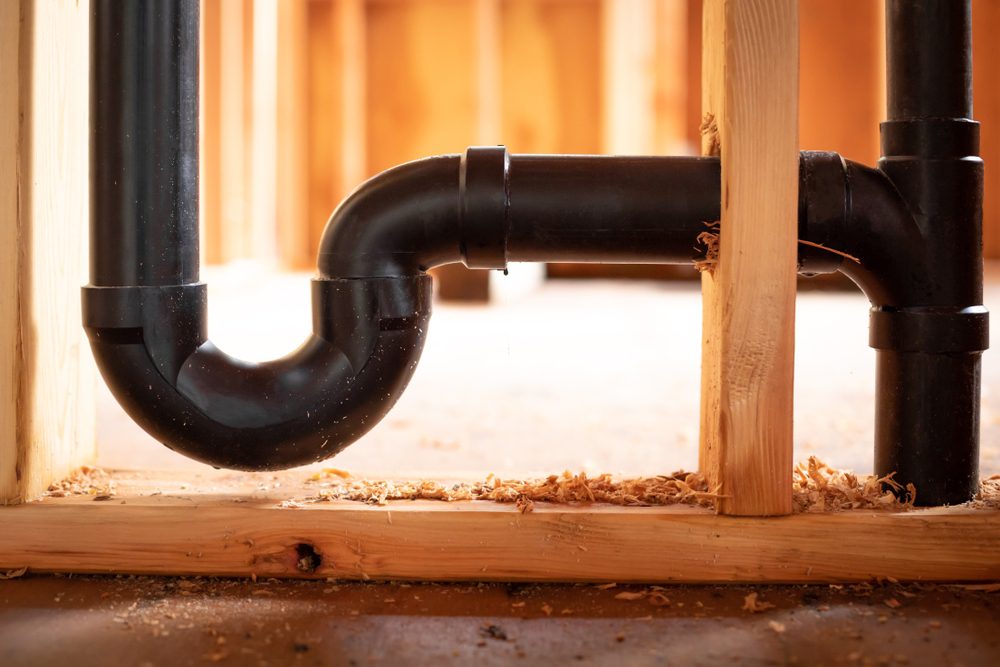
3 Different Types of Plumbing Vents
Most modern homes use one of three main types of plumbing vents in their systems:
- True vents are the simplest type of plumbing vent and consist of a single vent that connects to a pipe containing a drain trap.
- Common vents feature a vent at the intersection of two pipes containing drain traps. These types of “back-to-back” vents are an easy way to vent two or more traps with a single pipe.
- Auxiliary vents, or revent pipes, connect a drain pipe to the main sewer vent pipe. Auxiliary vents usually connect to horizontal lines where you can’t install a simple vertical drain pipe.
Other Categories of Plumbing Venting Systems
In addition to the three common types of plumbing vents listed above, there are also several special venting system categories:
- Circuit vents are most common in buildings that need to connect several fixtures, such as multi-family homes and apartment complexes. Circuit vents can also connect to other circuit vents for more efficient venting.
- Loop vents are for when you cannot run a drain pipe conventionally. They consist of a looped section underneath the sink rim that connects to the main drain vent underneath the floor. Loop vents are a common addition on kitchen islands, for example, because you can’t run a conventional vent.
- Studor valves use small valves that open and close when draining to relieve air pressure and make wastewater flow properly. Studor valves remove the need for passive pipe vent systems, but the moving parts mean they can wear out faster than a common plumbing vent pipe.
3 Signs of a Blocked Plumbing Vent
So, how do you know that you have a blocked plumbing vent? Below are three of the most common signs we frequently see on the job.
Bubbling Toilet
Toilets in your home operate because gravity and the flow of water force wastewater and air out of the p-bend and through the plumbing vents. If your vents are blocked and cannot vent sewer gas, the air might instead get forced out of the p-bend and cause your toilet to sputter and bubble. The bubbling might also increase in intensity when you turn on your shower or bathroom faucet.
Strange Odors
Another classic sign of a blocked plumbing vent is bad odors coming from drains. Vents exist to release noxious sewer gas, which can’t escape if the vents are clogged. Instead, the stale air gets forced through your plumbing system and out of your drains, faucets, and water-connected appliances.
Bad smells are most common in rooms that have drains or faucets, but you can also smell them in other rooms of the house, depending on where the vent clog is.
Slow Drainage
When people experience a slow drain, their first instinct is to check whether they have a clogged drain or drain pipe. However, clogged plumbing vents can also cause slow draining, even when not directly blocking the drain itself.
Blocked plumbing vents increase the pressure in your plumbing system, which means that your drains can’t drain water as fast as normal. Removing vent blockages opens up airflow, allowing water to drain at the correct rate.
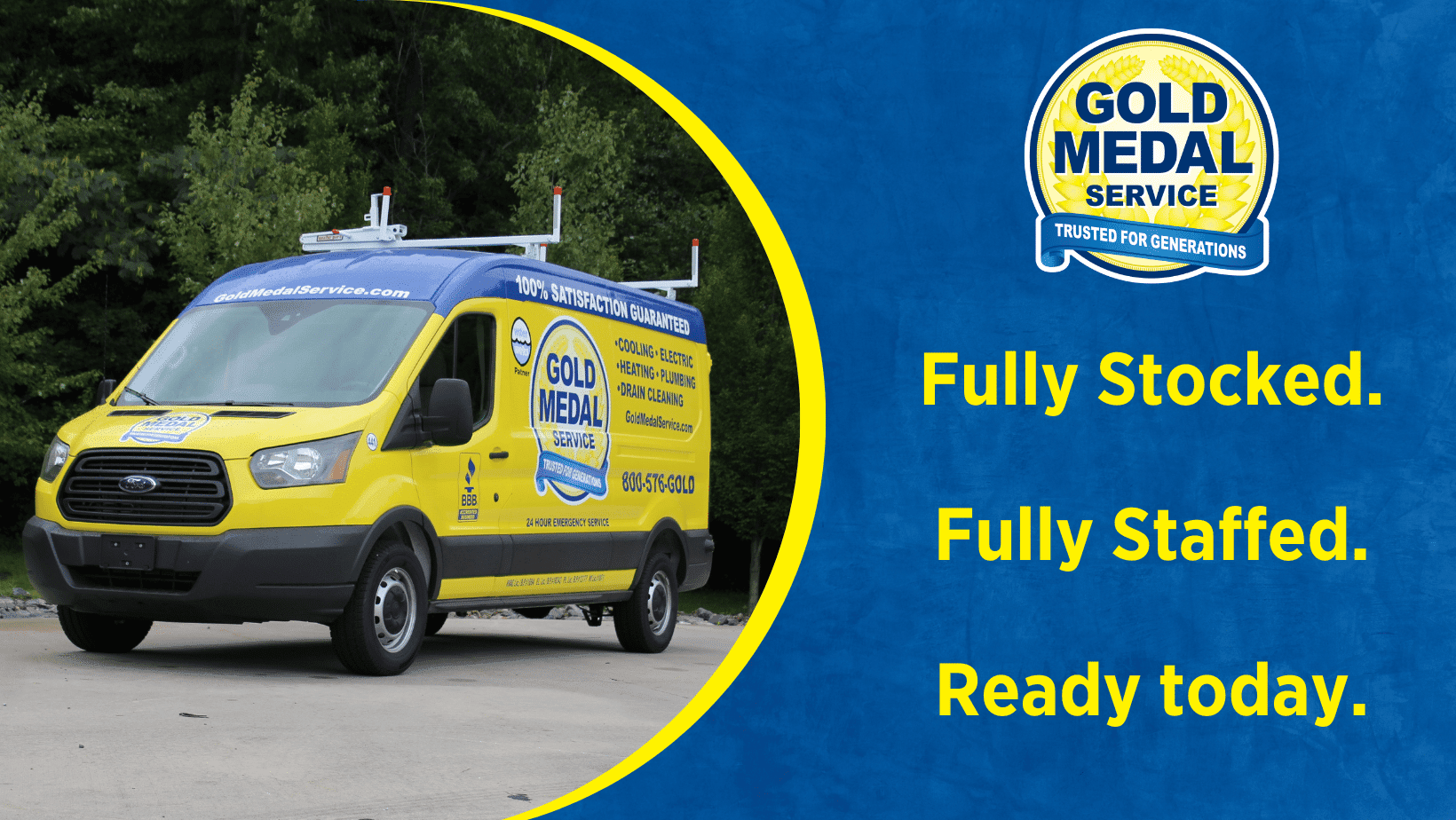
Sewer and Water Line Repair, Maintenance, and Replacement Services
Gold Medal Service is the best option for sewer line repair or sewer line replacement in the area. Contact us today. Gold Medal Service is your local 24/7 plumbing company. We can handle any plumbing issue, no matter when or where it rears its ugly head. Contact us online or call today at (732) 638-4317 to speak to our residential plumbers in Woodbridge, NJ.
